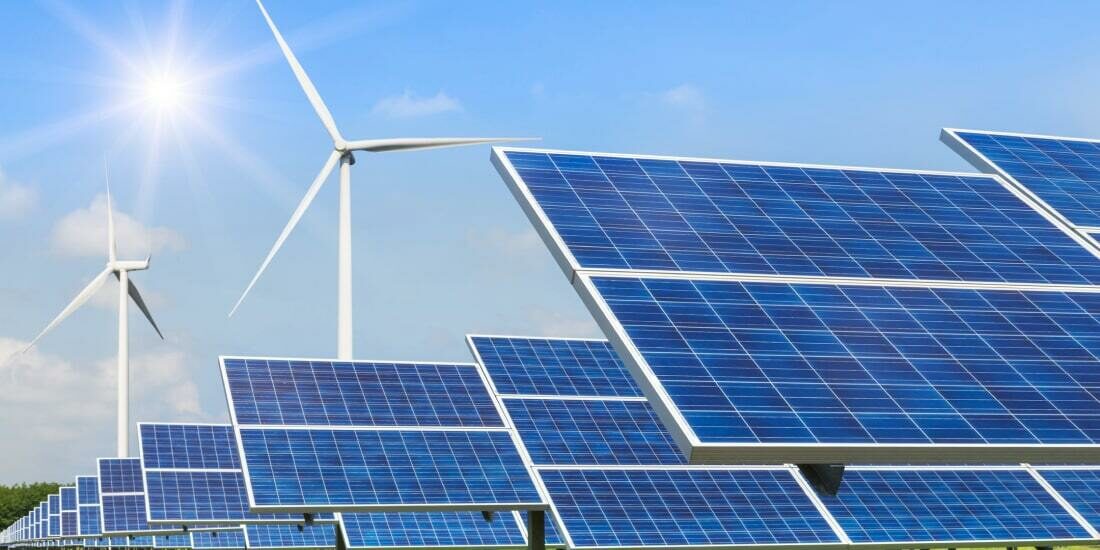UK Renewable Investment Lagging

Last year, investment in green technology in the UK dropped by 10%, while it has expanded in other countries. America has seen an increase of 24% and Germany 17%. Since the start of the energy crisis, the world has upped its clean energy game. The EU, for example, increased renewable funding by $26 billion in 2022.
Despite other countries hell-bent on pursuing alternatives to fossil fuels, it seems as though the UK has started to drop back at a critical time. Planning laws for onshore wind farms were changed in 2015 and have been debated by environmentalists ever since, with no indication from the government about that changing anytime soon.
Solar farms haven’t seen a big uptake, and the government has also decided not to legislate all new builds to feature solar panels. Instead, the UK has banked on relying on carbon capture and storage (CCS) and putting more money into nuclear power. £20 billion is being put into CCS over the next 20 years, with sites located in the North Sea.
Various scientists and environmental groups have thrown the efficacy of CCS into question, suspicious that it will just be used as a way of extracting more fossil fuels and acting as a way of relying on them for longer. It has been shown to be successful on small scale projects, but is expensive and unproven on such a large scale.
Renewables have never been cheaper, especially in the wake of the energy crisis. The recent energy security announcement from the government, however, showed no indication that this was the direction they were willing to go. More expensive and lengthy alternatives were focused on, like nuclear and CCS. It takes decades to receive any power from a nuclear plant, while energy can be generated from renewables in a couple of years.
Wera Hobhouse, Lib Dem MP for Bath, has highlighted how the government’s strategy and motives have been laid bare. The data shows that the UK is falling behind other countries and suggests the targets in place will do nothing to help the country on its way to net zero. She goes on to suggest that the failures of insulation will not protect households from the next energy crisis.
Back in 2016, investment in renewable energy and fossil fuel alternatives in the UK was at a high of $24 billion. A year later, this dropped to $7.6 billion, rising to $8.8 billion in 2018 and then falling to $5.3 billion in 2019. Essentially, the UK has been playing catch up with itself for almost a decade, and with investment lagging, this will only get worse.
The Department of Energy Security and Net Zero was quick to point out that investment in renewables has seen £198 billion since 2010, and that the UK has a collection of the largest offshore wind farms in the world. Despite this, Hobhouse has specified that a further £150 billion is needed between now and 2050 in order for targets to be met. While recent figures show this slowing down, it needs to reverse and speed up again.
